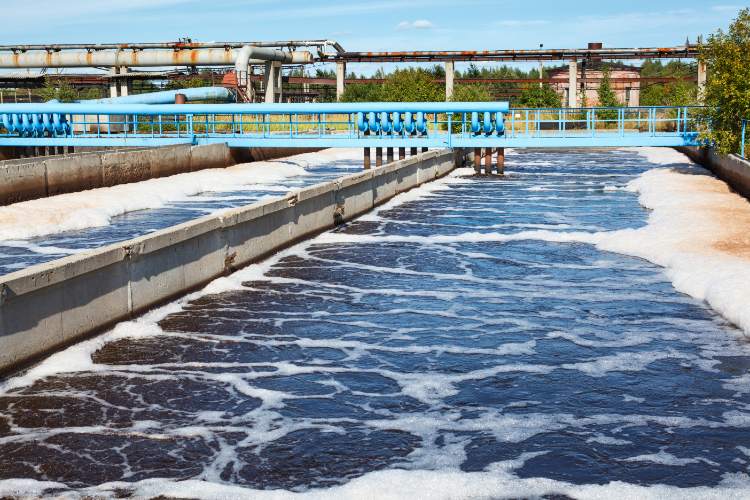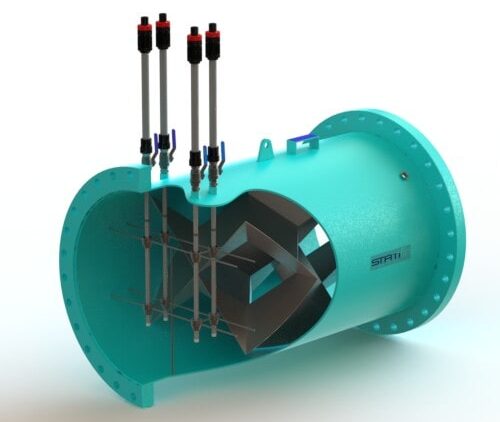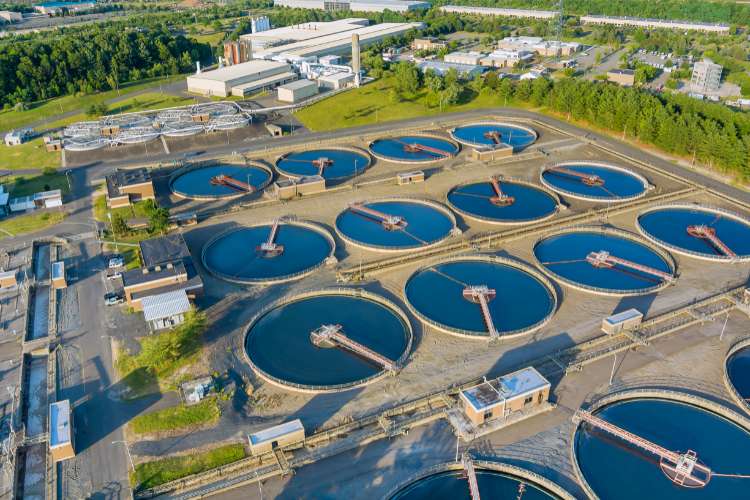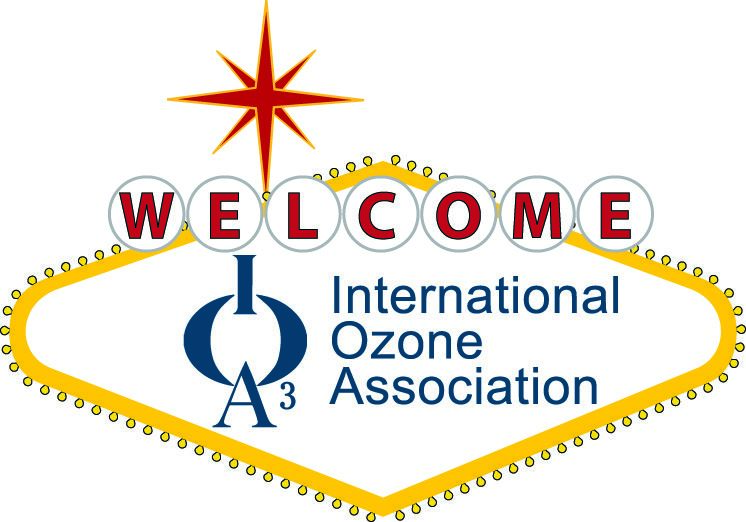Static Mixers Vs Dynamic Mixers: Which Is Right For Your Process? In many industrial applications,…

Why Static Mixers Should Be Incorporated In The Aeration Process
Aeration, the controlled process of introducing air into water, is critical in water treatment to promote the growth of beneficial microorganisms that remove impurities through digestion. Aeration systems consist of various components, sometimes including diffusers that allow for the transfer of oxygen from the air to water. The efficiency of aeration can also be improved by incorporating static mixers into the aeration process. In this article, we explain why.
How Are Static Mixers Used In Aeration?
Aeration introduces highly oxygenated air into a water source to increase its dissolved oxygen content. During the process, air bubbles rise to the surface, carrying with them any impurities that have accumulated in the water and making them more accessible to microbial action.
The benefits of this process are numerous, including improved water quality, reduced risk of disease transmission, and more efficient use of resources. The more dissolved oxygen in the water, the faster the growth of the beneficial microorganisms that help remove and digest impurities from the water.
Static mixers facilitate this process by breaking down the air bubbles into smaller ones, creating a larger surface area for oxygen transfer – resulting in improved mass transfer efficiency (MTE) and thereby providing superior gas dispersion capabilities. The transfer of oxygen is then more efficient, speeding up the aeration process and encouraging faster microbial growth.
Design Optimisation Of Static Mixers
Initiating an evenly distributed oxygen supply during water and wastewater treatment is crucial for preventing the build-up of unwanted impurities and by-products. To meet these requirements, static mixers can be designed with different geometries and mixing elements to achieve optimal mixing and aeration tolerances for water and wastewater treatment applications.
How Static Mixers Work In Aeration
Static mixers use a series of stationary blades to scatter and mix gases throughout the water, for a uniform and efficient distribution. By facilitating greater contact between water and gas, dissolving atmospheric oxygen into water, and providing a stable and controlled environment for aeration, static mixers enhance the efficiency of the entire aeration process. Their reliable and highly efficient performance sets them apart from traditional methods that are inefficient and often prone to clogging or fouling.
Why Incorporate Static Mixers Into Your Aeration Processes?
Compared to traditional mixing systems, static mixers are a cost-effective way of improving your results from aeration without increasing expenditure. Static mixers are low-energy devices with minimal maintenance requirements, and over successive aeration cycles, this reduction in energy consumption reduces the carbon footprint of the treatment plant while also lowering operating overheads.
Find Out More
At Statiflo, we design and manufacture gas dispersion systems for use in a range of industrial processes, including aeration. Our systems are designed to efficiently distribute gases throughout the fluid, with even dispersion and minimal pressure drop, delivering a more consistent and uniform process. To find out more, please contact one of our knowledgeable team today.
Image Source: Canva





